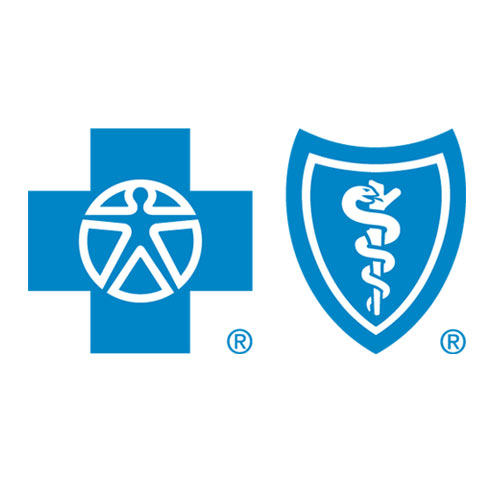Key Factors in the Affordability of Care: Part 1 – prescription drug costs
March 29, 2024Key Factors in the Affordability of Care is a four-part quarterly series that addresses broader industry trends affecting healthcare costs. For Part 1, we asked Randy Hanna, R.Ph., vice president of pharmacy at Blue Cross, for his perspective on the issue of rising pharmaceutical costs – and what can be done about it.
 The impact of prescription medication on the overall cost of healthcare in the United States cannot be understated, as prices continue to skyrocket at unsustainable rates.
The impact of prescription medication on the overall cost of healthcare in the United States cannot be understated, as prices continue to skyrocket at unsustainable rates.
The good news is there are many new medications coming to market that can effectively target complex conditions that were previously considered untreatable.
For example, gene and cell therapies are the new and novel frontier of life-changing and life-saving treatments for conditions like sickle cell anemia, Duchenne muscular dystrophy and spinal muscular atrophy. However, these medications come with very high prices – literally millions of dollars per dose. As a health plan, Blue Cross carefully evaluates every opportunity to ensure the safety and effectiveness of new medications against the need to drive toward lowest net cost for all members.
Two other factors are also at play here: brand-name and specialty medications.
Most of us understand the distinction between branded and generic drugs. A shared active ingredient used to combat a certain ailment is present in both versions. Only factors unrelated to effectiveness—such as shape, color, name and size—can differ. So while there is literally no difference in effectiveness, genetic alternatives for brand names with expired patent exclusivity are available at significantly lower prices.
Specialty medications are those that fight complex, rare and chronic diseases such as cancer or multiple sclerosis. Conversely, non-specialty medications treat more common acute conditions that impact large populations, including high blood pressure, diabetes and high cholesterol.
Many people are surprised to learn that prices for both specialty and non-specialty medications are set by the drug’s manufacturer. The differences can be astounding. Our latest data shows that while specialty medications account for just two to three percent of all prescriptions filled by Blue Cross members, they represent more than half of our total medication spend.
Even as the vast majority of our covered prescriptions are filled with lower-cost generic medications (90%), brand name and specialty medications continue to drive up overall costs.
As the leader of our pharmacy business, I encourage Blue Cross to use every tool at our disposal in taking on unsustainable costs. Some of our efforts include:
- Supporting legislation that puts an end to “pay-for-delay” deals – a tactic used by drugmakers when brand-name patents are set to expire. Their goal here is to tie up the process in court or agree to settlements with generic manufacturers that keep lower cost alternatives off the market for a certain period of time.
- Advocating for an end to the practice of patent “evergreening” – a tactic used by Big Pharma to extend monopolies of brand names. By making small adjustments to the chemical makeup of a band name drug, companies are allowed to reset the exclusivity timeline with a “new” patent.
- A new medication collective called Synergie, launched by multiple Blue Cross companies in 2023. The goal of Synergie is to significantly reduce medical benefit drug costs through more efficient contracting models, using the power of a collective effort and engagement with pharmaceutical manufacturers.

As a member, there are steps you can take to ensure you are receiving the lowest cost for your prescriptions. Most involve a conversation with your doctor, such as:
- Is the medication available in a generic form? (There are more than 32,000 approved generic medications according to the U.S. Food and Drug Administration)
- Is there is a similar, less expensive drug available that performs to the same standards?
- How long you will I need to take the medication?
- Could a new medication be prescribed to replace a high cost medication I’m currently taking?
One last quick tip: If you are going to be on a medication for a long period of time, ask your doctor to write a script for a 90-day supply. Members often pay less per dose when receiving larger supplies of medication.
My hope is that our efforts, amplified with public support, will help create a future where drug prices are fair and reasonable for everyone, in all cases.


